Managerial Epidemiology: Analyzing Data for Healthcare Decisions
VerifiedAdded on 2022/08/17
|7
|417
|19
Report
AI Summary
This report delves into the principles of managerial epidemiology, focusing on its application in healthcare management. It examines the types of data used, such as qualitative data, and the significance of epidemiological data like descriptive and analytical epidemiology. The report highlights the decision-making process, including identifying problems, gathering information, evaluating alternatives, and implementing solutions. A real-world example involving Aetna's use of managerial epidemiology is provided, emphasizing the importance of population-based medicine. The report concludes by discussing potential solutions and the impact of managerial epidemiology on healthcare service management, supported by relevant references. This assignment is a valuable resource for understanding the practical applications of epidemiology in healthcare.
1 out of 7
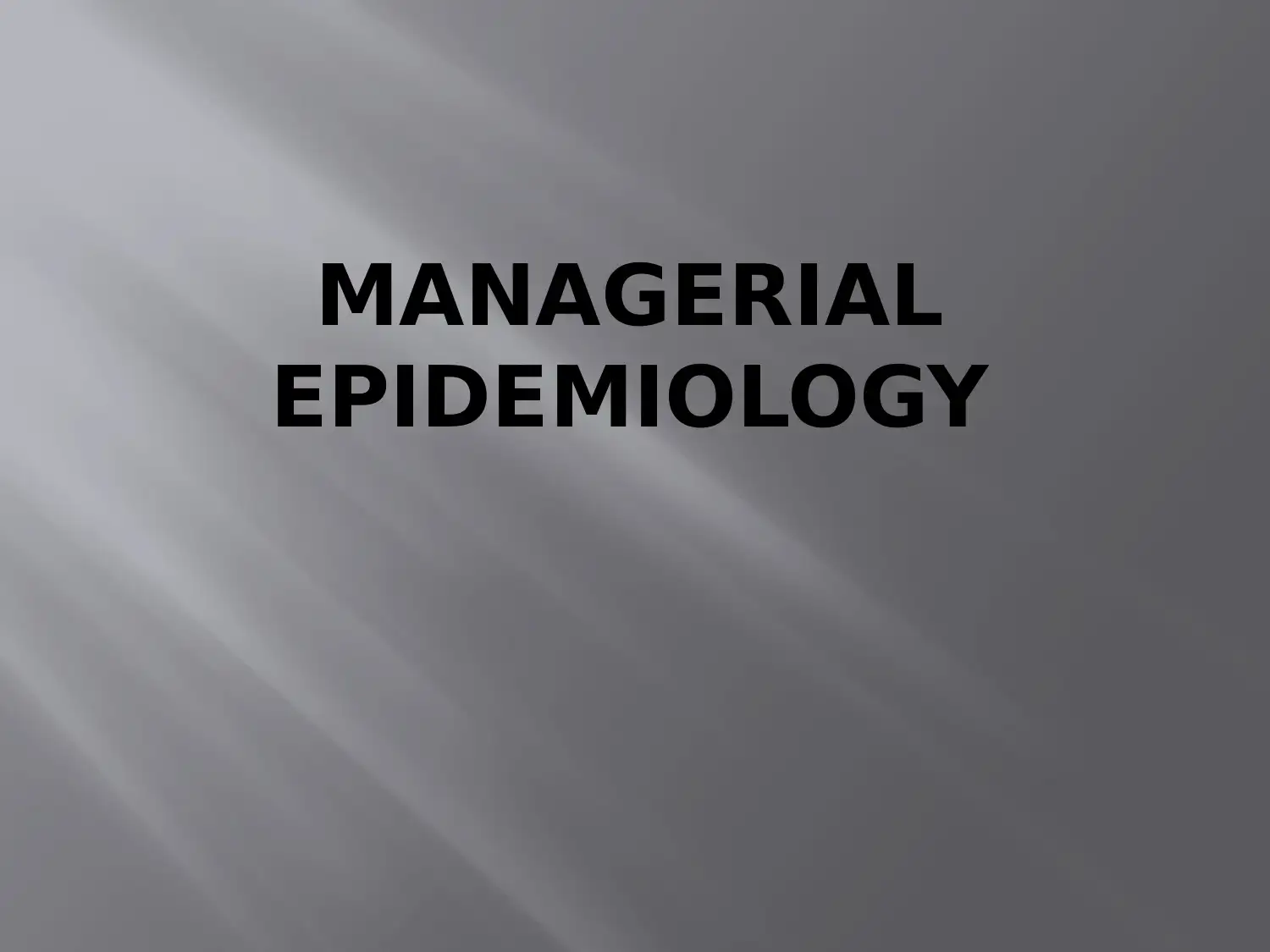
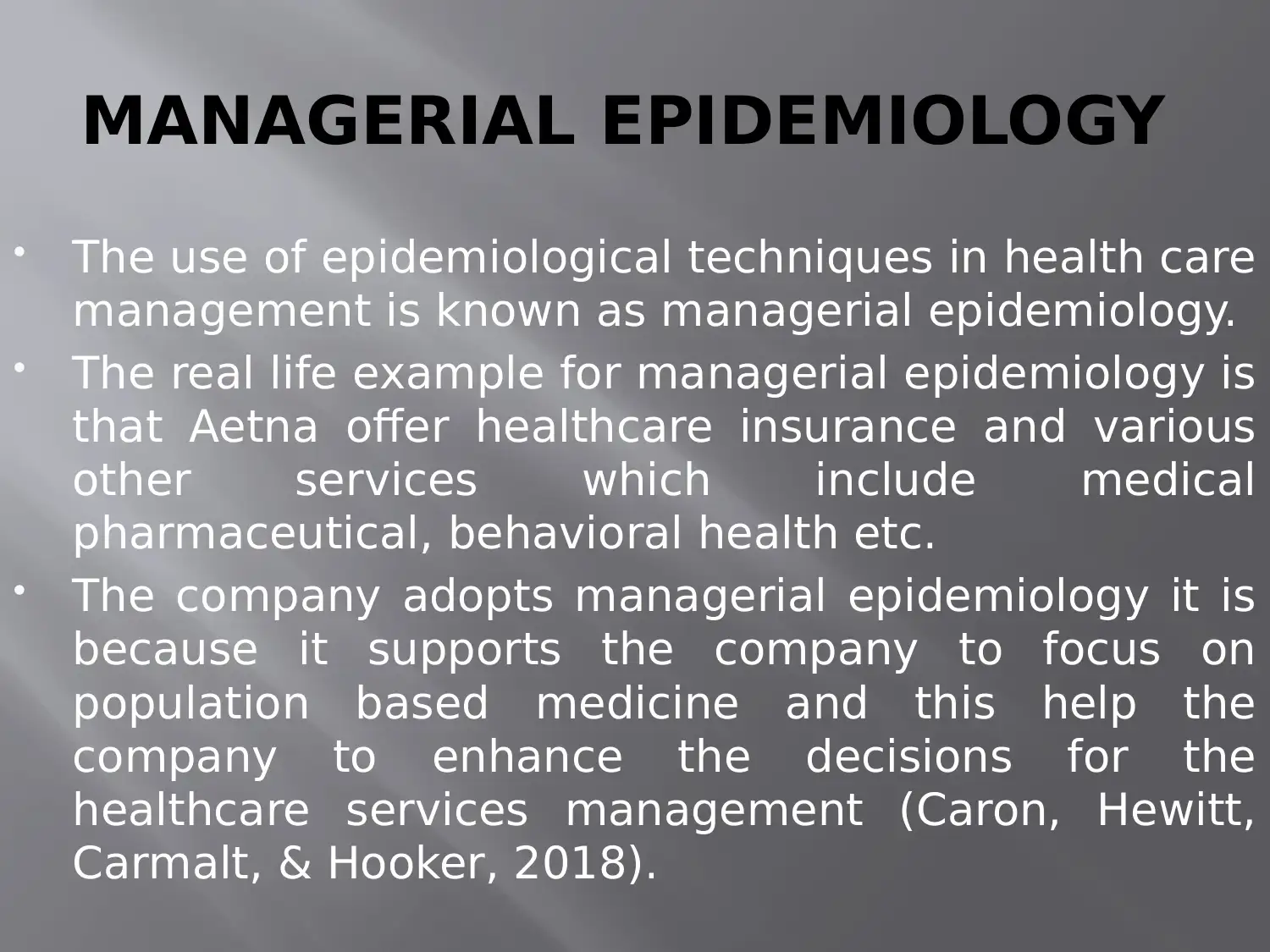
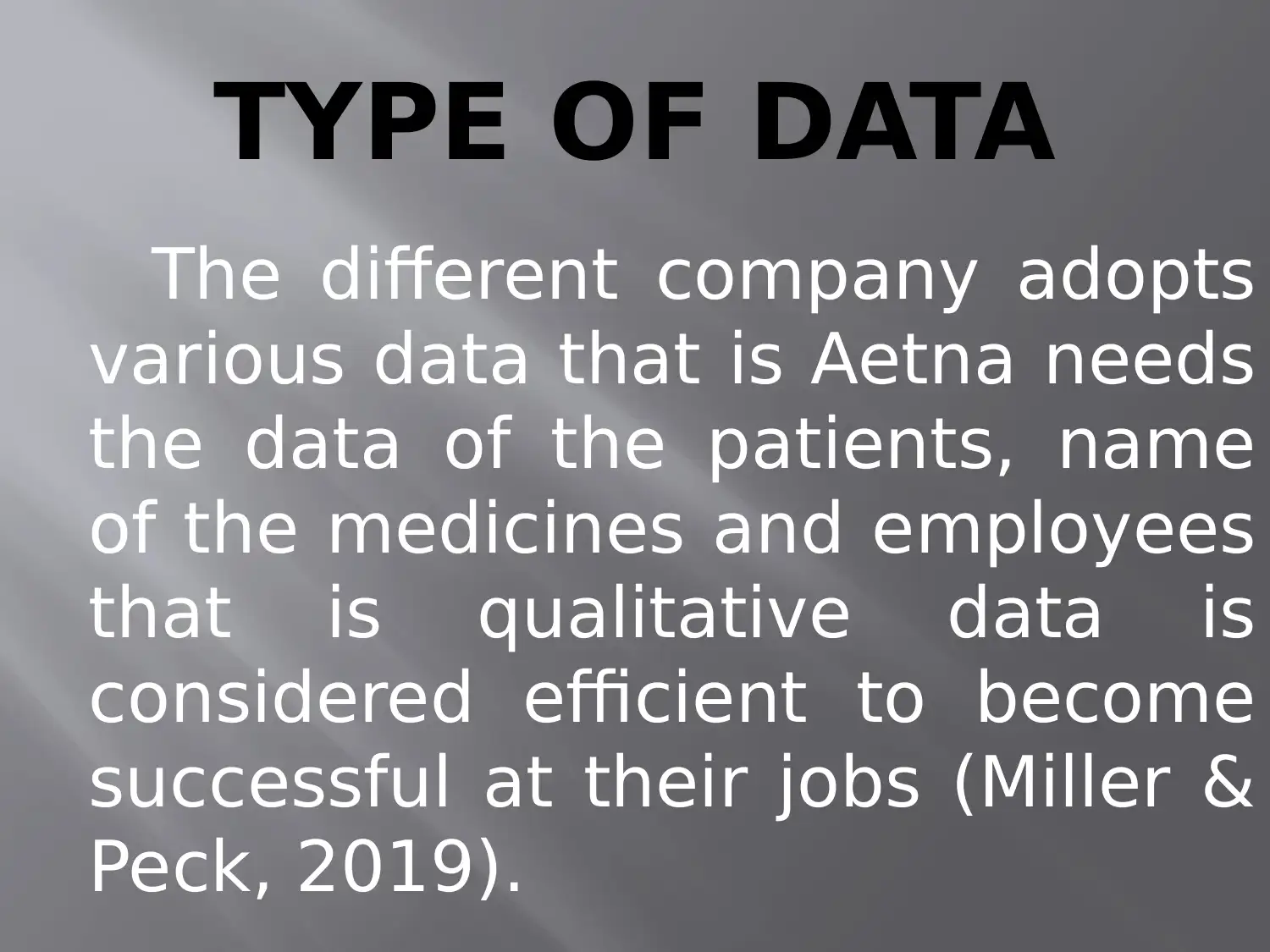

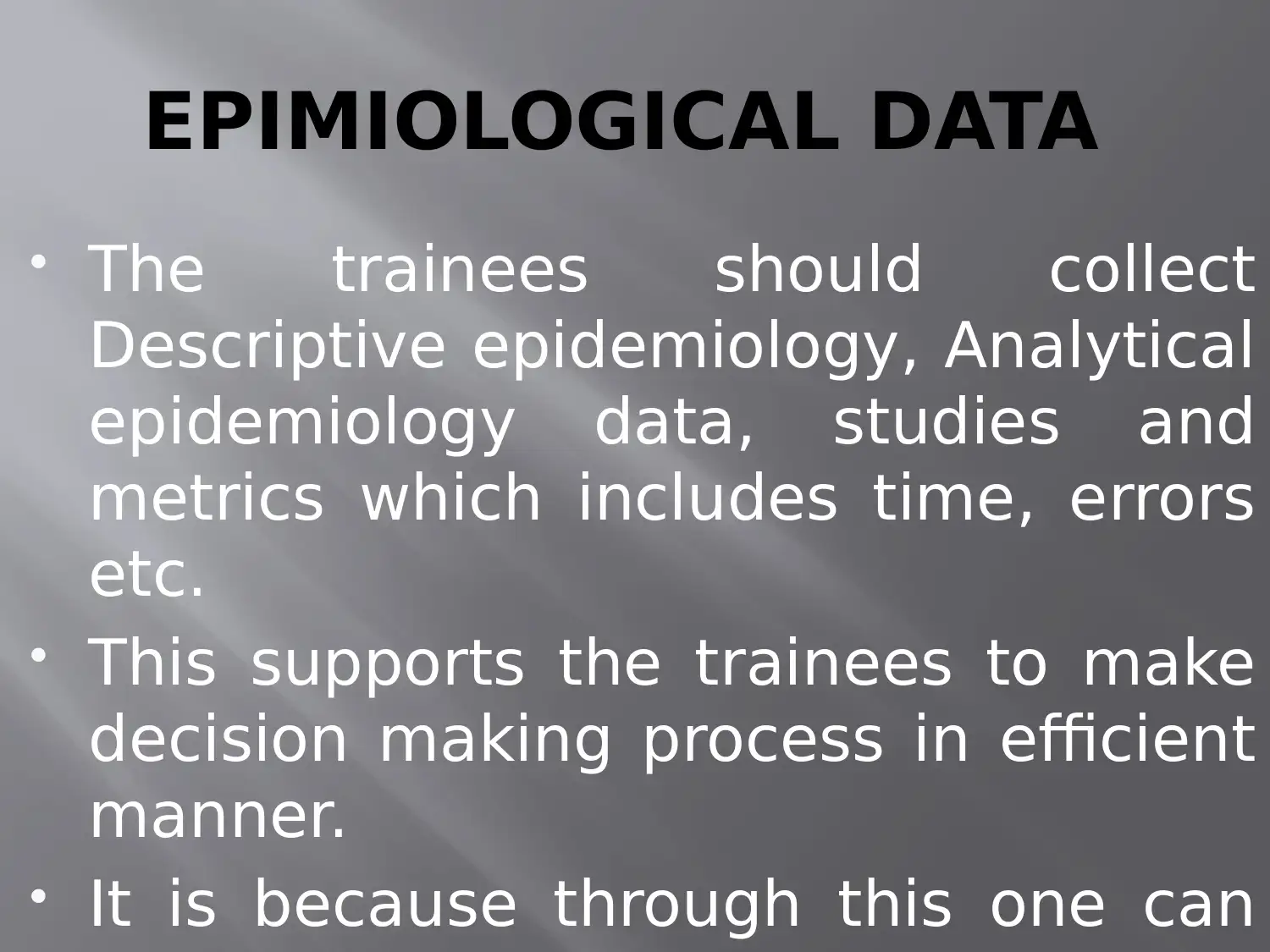
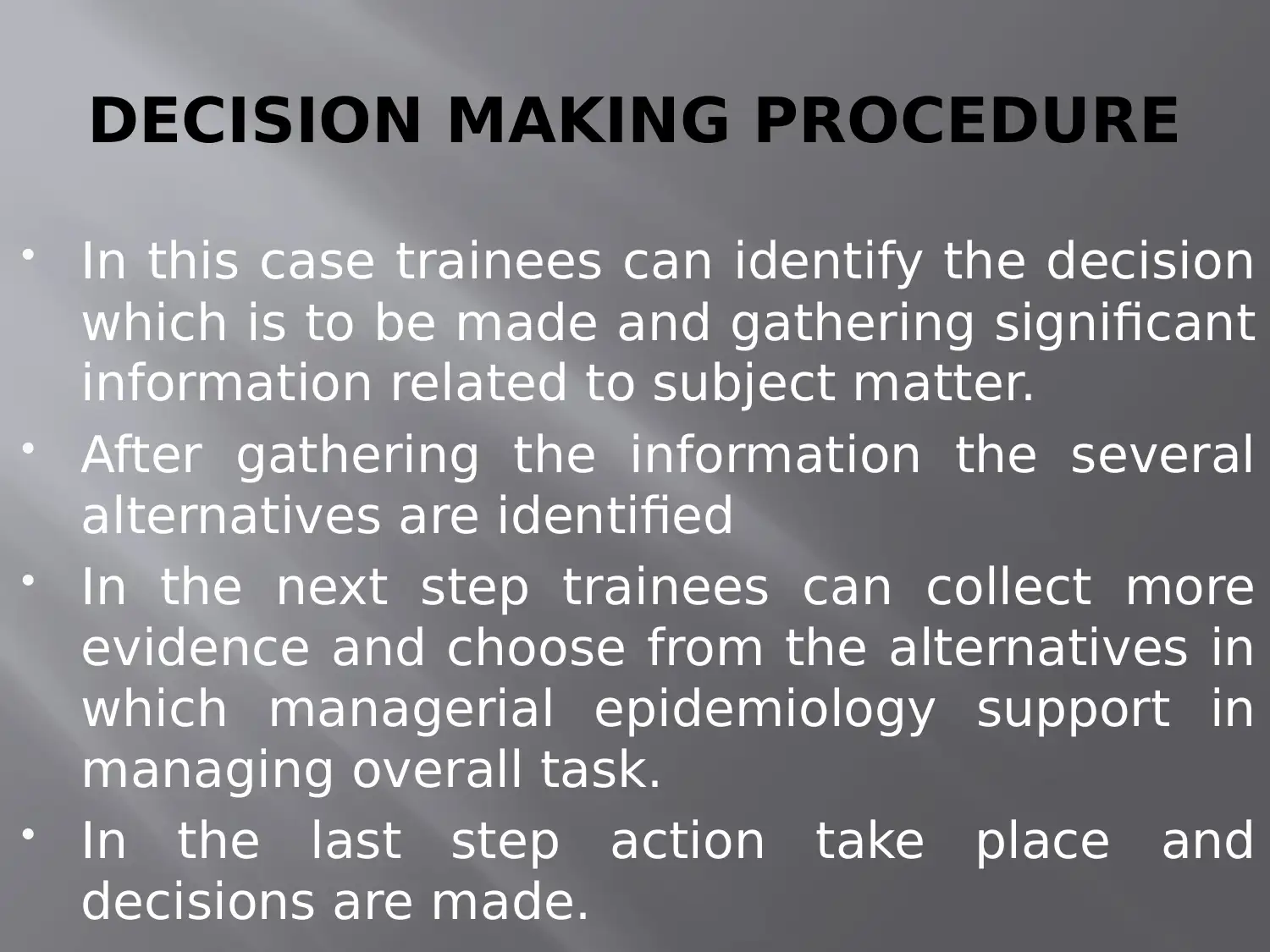
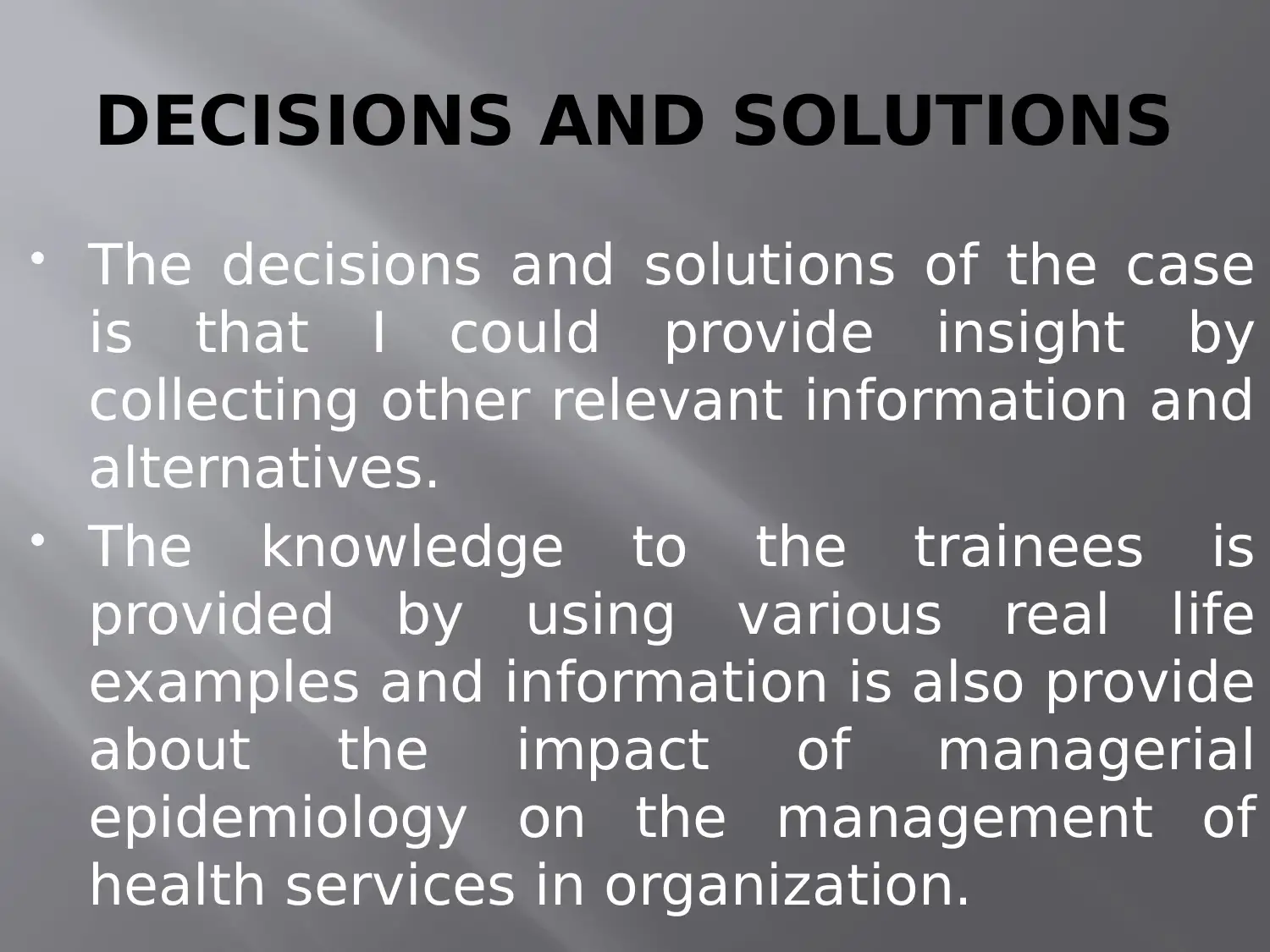
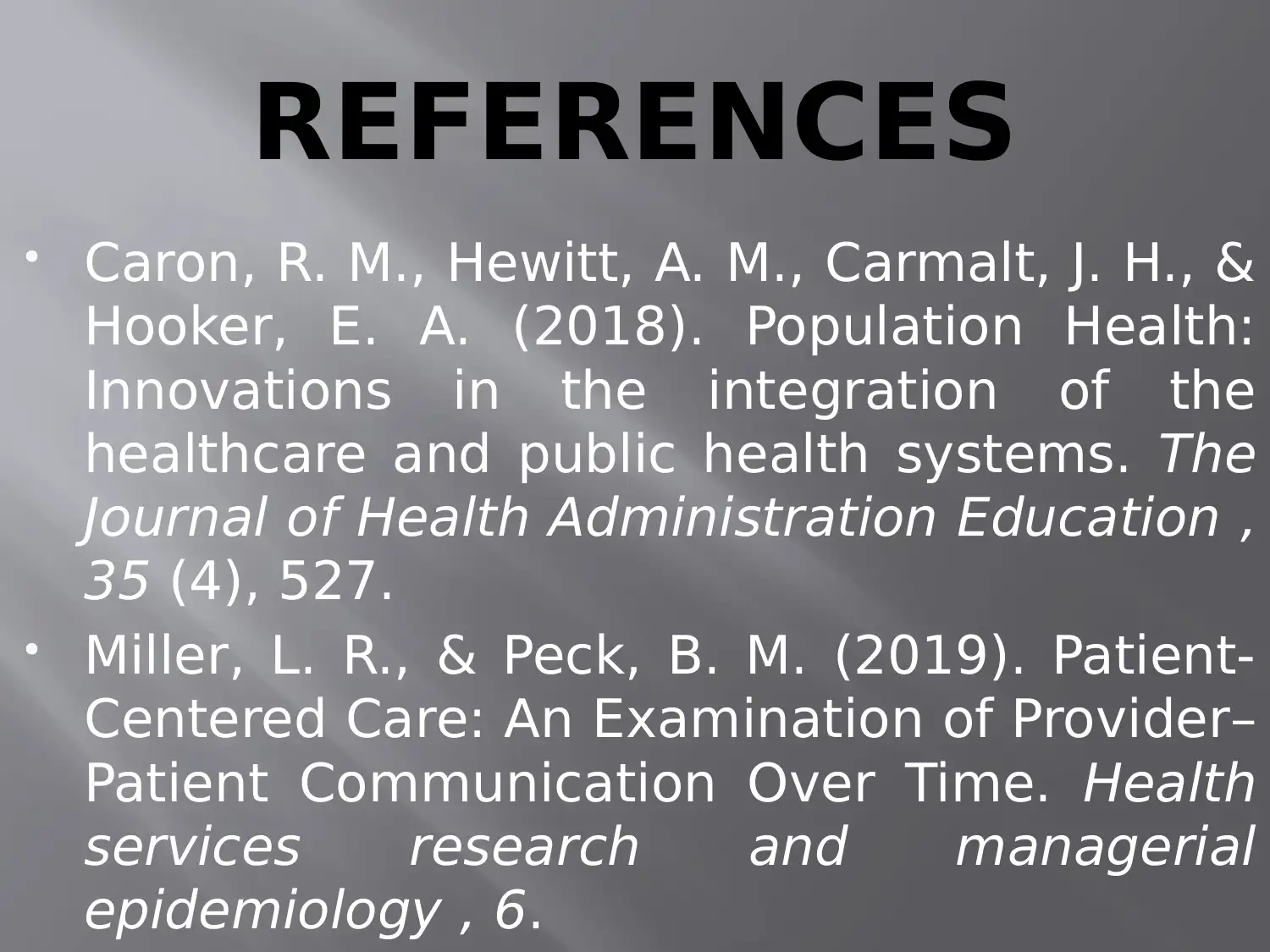






![[object Object]](/_next/static/media/star-bottom.7253800d.svg)